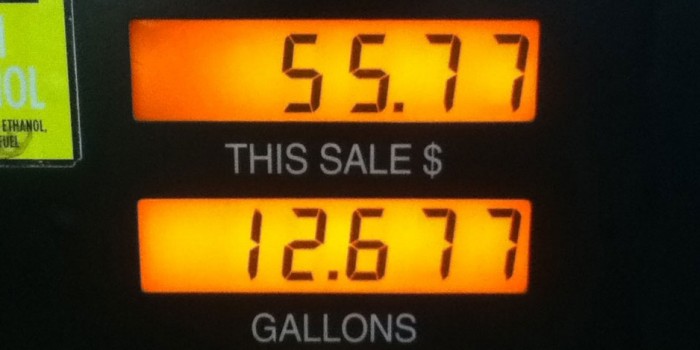Learning from Bus Buddhists
In psychological terms, context is almost everything. Much as we like to think that we know how we will act and react in a given situation, without the richness of...
The Psychology of Pricing

$9.99
It’s almost akin to a retail disease. Walk into any shop and the prices frequently end in the same way: $X.99 or $X.95.
This used to have some unfortunate consequences. I’m old enough to remember the days when you might well end up carrying around a couple of kilos of small change in your pockets. Then, when the burden got to great, or you got irritated with sounding as though you were wearing a manacle as it ‘chinked’ with each step you took, you would act. The social consequence of spending a disproportionately long time at the checkout would be outweighed by the desire to move freely and you would pay for the next item using as many coins as you could.
The upside of this was that it was very good for your mental maths. You would work out how the small change you had could be deployed to pay over the price of the item to result in the minimum change outcome. Sometimes shop staff would be entirely bemused by your decision to pay for something that cost 79p with £1.29 and, since tills that did the maths for you were relatively rare, you needed a person versed in the finer points of change-management-maths if you were to get the desired outcome.
All of which raises the questions, does so-called charm pricing work? And if so, why? And if it does and we know why, does it work all of the time?
A meta study of charm pricing research has recently been conducted and can help answer these questions.
Charm pricing does work, in most cases, although there is an important exception.
The research conducted into pricing just below the next full pound or dollar appears to work because people attach more significance to the first number in a price.
This is consistent with the psychology of priming where people have been found consistently to attach greater weight to the first piece of information in a list or the first number in a long calculation.
So $29.99 is appreciably better than $31.49, but $28.49 is not.
I’m aware from a study conducted in a mail-order catalogue, where random samples of customers were sent versions with different prices, that one item sold more when priced at $39 than it did at either $44 or $34. I suspect from this that there is also a framing effect where people do reference the ‘9’ price as being ‘not the next ten up’, where as the ‘4’ price exists in isolation in their mind and is, as a result, less attractive.
But when might this apparently magic formula for pricing not work? According to Robert Schindler’s meta study, the charm price can serve as a marker for lower quality. When people are more concerned about quality than price, for instance with luxury goods, the ‘99’ price can trigger associations with cheaper products.
Sources: Rutgers University (2011, September 12). 99-cent pricing may not be worth the penny, says expert. ScienceDaily. Retrieved October 3, 2011, from http://www.sciencedaily.comreleases/2011/09/110906144036.htm
Anderson, E. and Simester, D. taken from Priceless, Poundstone, W. Hill & Wang (2010)
Image courtesy: davidd